25 Years of Counter-Strike: A legendary journey
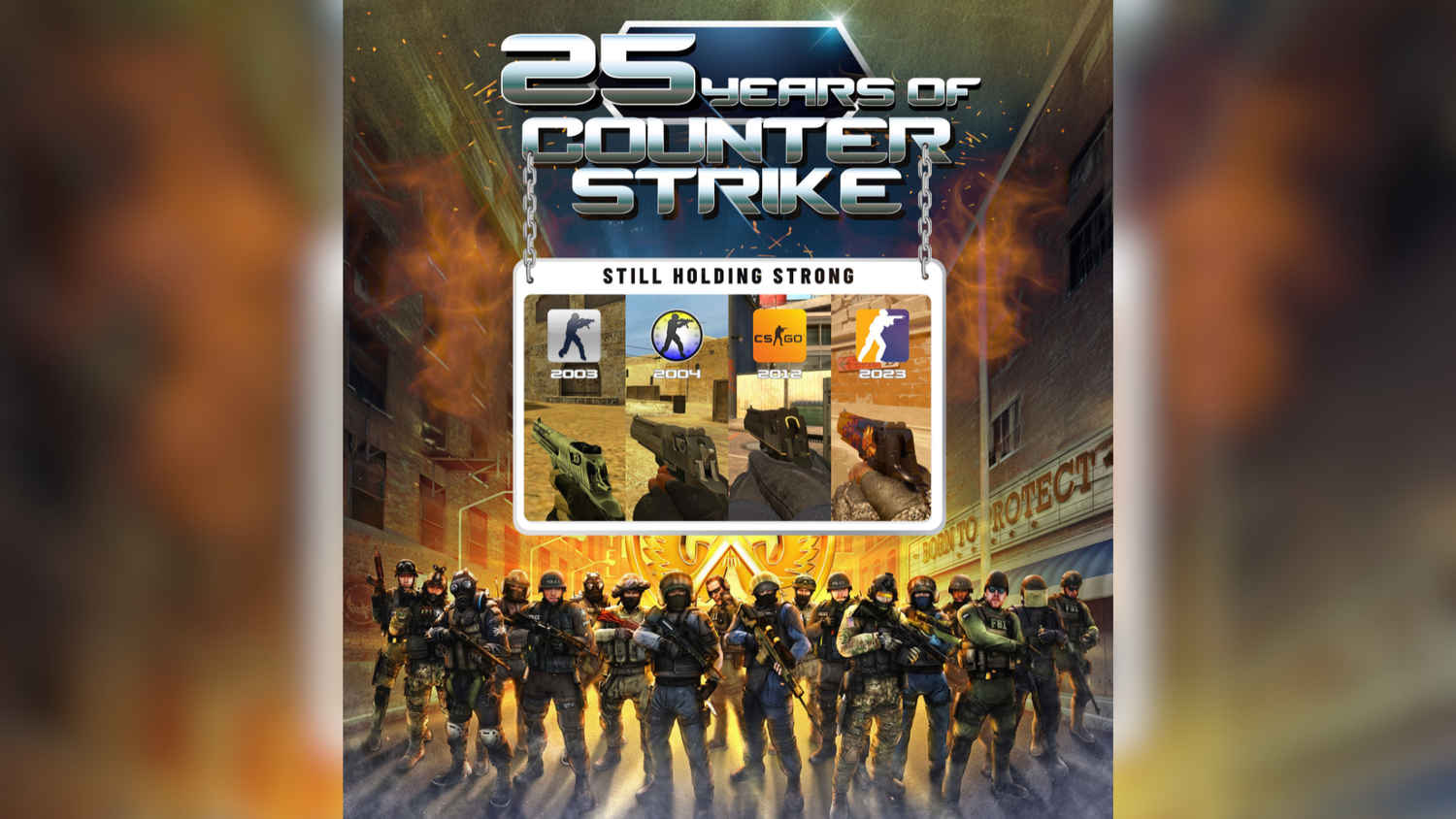
Counter-Strike, often abbreviated as CS, is a first-person shooter (FPS) game that has left an indelible mark on the gaming world. It all began in 1999 when two avid gamers, Minh “Gooseman” Le and Jess “Cliffe” Cliffe, decided to create a mod for the popular game Half-Life. This mod, initially a hobby project, would soon evolve into one of the most iconic franchises in gaming history.
 Survey
SurveyThe premise of Counter-Strike is simple yet captivating: two teams, terrorists and counter-terrorists, face off in various objective-based scenarios. The terrorists aim to plant bombs or take hostages, while the counter-terrorists strive to defuse bombs and rescue hostages. The game’s emphasis on teamwork, strategy, and skill quickly set it apart from other FPS games of the time.
Counter-Strike’s early versions were rough around the edges, but its potential was undeniable. The game’s community-driven development model allowed players to provide feedback and suggest improvements, fostering a sense of ownership and loyalty among its growing fanbase. This grassroots approach to game development was revolutionary and laid the foundation for Counter-Strike’s enduring success.
From Mod to Mainstream
In the early years, Counter-Strike’s development was a labour of love for Le and Cliffe. They released the first beta version in June 1999, and it quickly gained traction within the gaming community. The game’s realistic mechanics, combined with its emphasis on teamwork and strategy, made it a refreshing alternative to the more arcade-style shooters of the time.
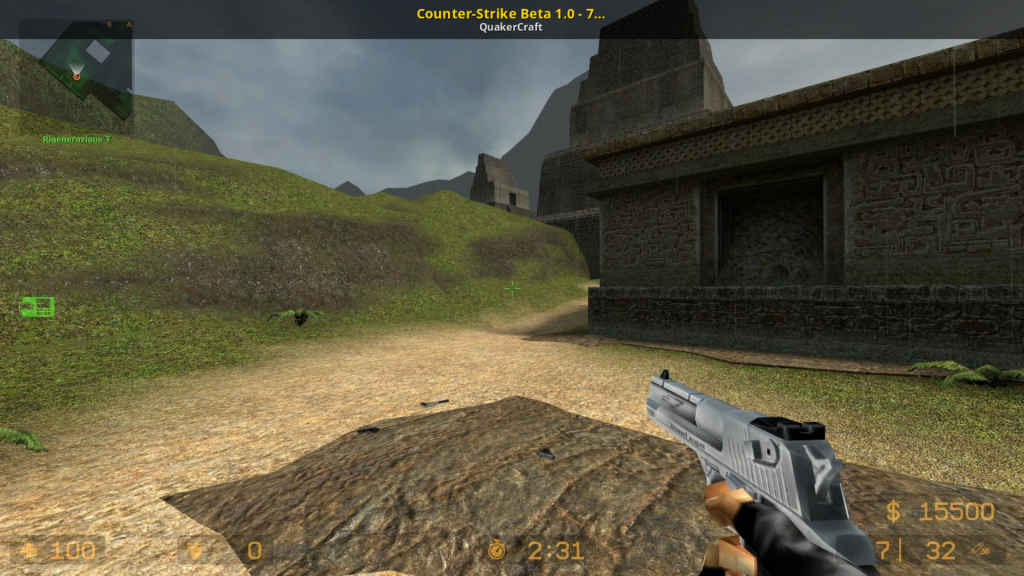
As the game’s popularity soared, it caught the attention of Valve Corporation, the developers of Half-Life. Recognizing the mod’s potential, Valve approached Le and Cliffe with an offer to acquire Counter-Strike and bring it under their wing. In 2000, the deal was finalized, and Counter-Strike became an official Valve product.
Valve’s acquisition marked a turning point for Counter-Strike. With the backing of a major game development company, the game received the resources and support it needed to reach new heights. Valve’s expertise in game development and distribution helped refine Counter-Strike’s mechanics, improve its graphics, and enhance its overall polish.
One of the first major milestones under Valve’s stewardship was the release of Counter-Strike 1.0 in November 2000. This version introduced several new features and improvements, including new maps, weapons, and gameplay tweaks. It also marked the beginning of Counter-Strike’s journey as a standalone game, separate from its Half-Life origins.
Valve’s involvement also brought Counter-Strike to a wider audience. The game was included in the retail release of Half-Life: Counter-Strike, which helped introduce it to players who might not have discovered it otherwise. This increased exposure, combined with the game’s addictive gameplay and strong community support, helped solidify Counter-Strike’s place in the pantheon of great FPS games.
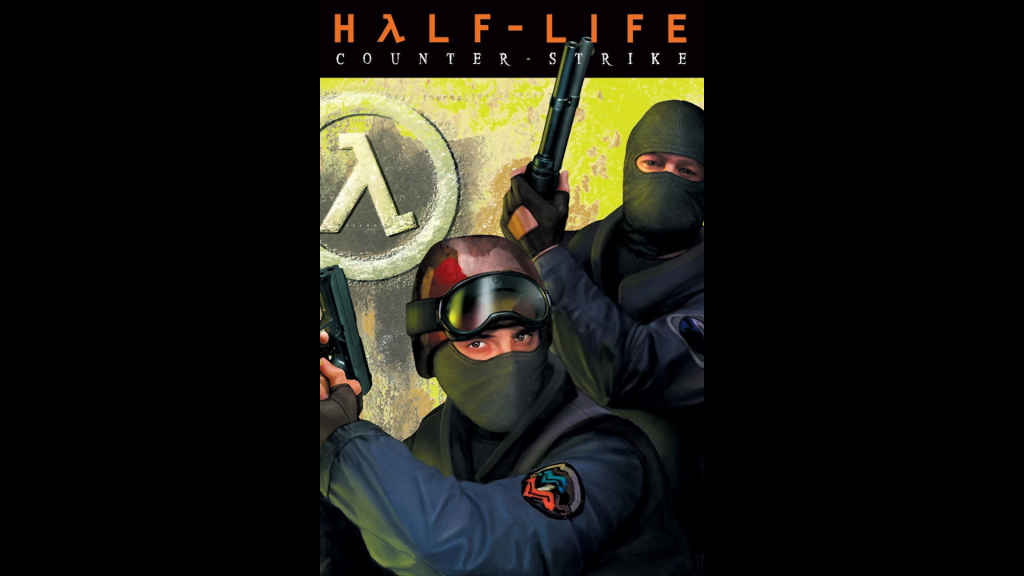
Valve’s Magic Touch
With Valve at the helm, Counter-Strike’s popularity continued to soar. The game’s competitive nature and emphasis on skill made it a natural fit for the burgeoning esports scene. Tournaments and leagues dedicated to Counter-Strike began to spring up, attracting top-tier talent and fostering a sense of community among players.
One of the key factors behind Counter-Strike’s success was its accessibility. The game’s system requirements were relatively modest, allowing it to run on a wide range of hardware. This made it accessible to a broad audience, from casual gamers to hardcore enthusiasts. Additionally, Counter-Strike’s straightforward mechanics and intuitive controls made it easy for new players to pick up and play, while its depth and complexity kept veterans engaged.
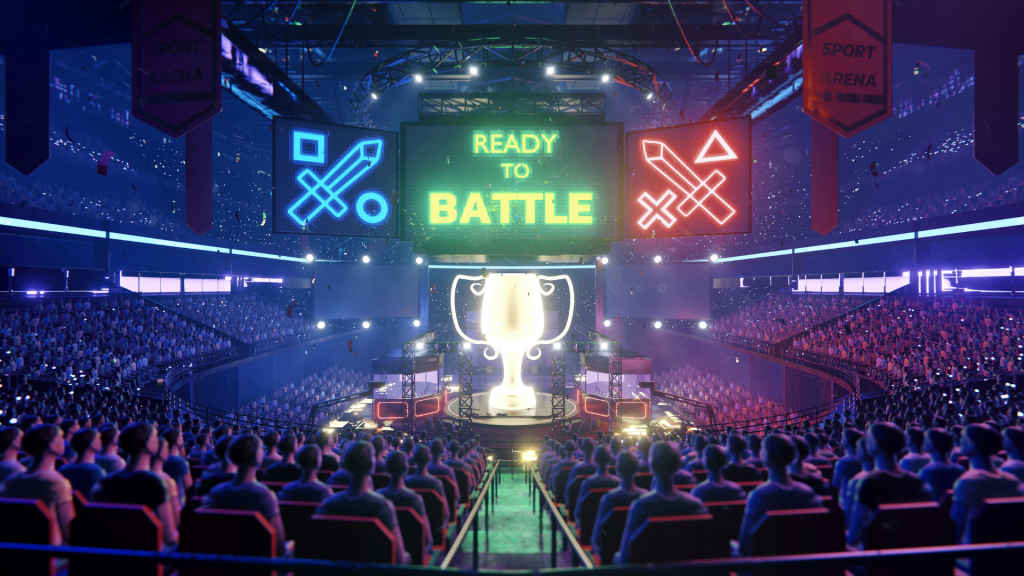
As the esports scene grew, so did Counter-Strike’s reputation. Major tournaments like the Cyberathlete Professional League (CPL) and the World Cyber Games (WCG) featured Counter-Strike as a mainstay, drawing in large audiences and offering substantial prize pools. The game’s competitive nature and high skill ceiling made for thrilling matches that captivated viewers and players alike.
Valve continued to support and update Counter-Strike, releasing new versions and patches to keep the game fresh and balanced. In 2004, they released Counter-Strike: Source, a major update that brought the game to the Source engine. This version featured improved graphics, physics, and overall gameplay, further cementing Counter-Strike’s status as a premier FPS title.
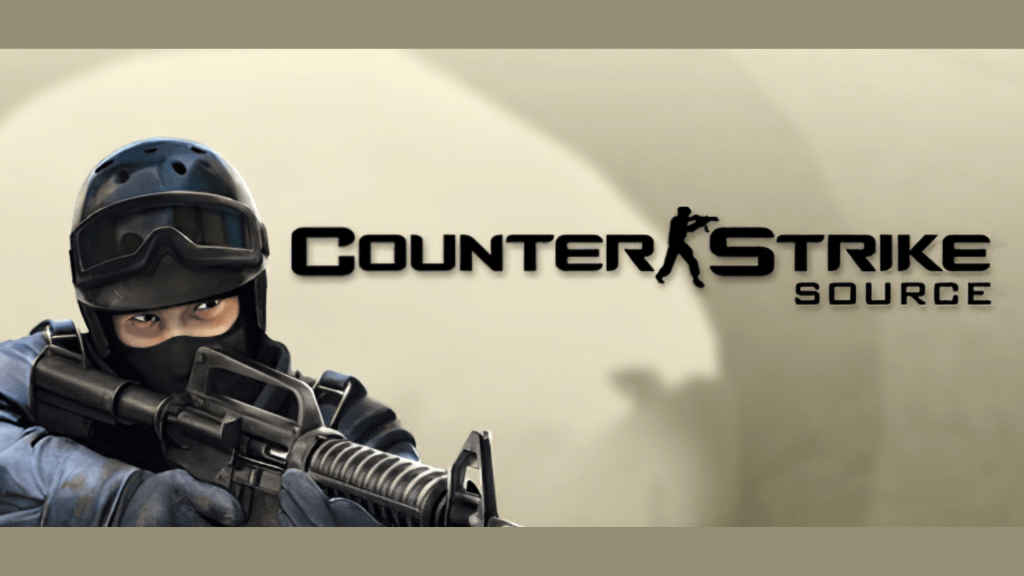
Counter-Strike’s popularity wasn’t limited to the Western world. The game found a massive following in regions like Asia and South America, where internet cafes became hubs for competitive play. In countries like South Korea and Brazil, Counter-Strike became a cultural phenomenon, with professional teams and players achieving celebrity status.
The game’s community-driven nature also played a significant role in its success. Valve encouraged modding and custom content creation, allowing players to create their own maps, skins, and game modes. This fostered a vibrant and creative community that continually pushed the boundaries of what Counter-Strike could be.
In 2012, Valve released Counter-Strike: Global Offensive (CS:GO), the latest instalment in the franchise. CS:GO brought the game to a new generation of players with updated graphics, new maps, and a host of gameplay improvements. The game quickly gained traction and became a staple of the esports scene, with major tournaments like ESL One and the Intel Extreme Masters featuring CS:GO as a headline event.
Evolution of a Classic
Counter-Strike has seen several iterations over the years, each bringing its own set of changes and improvements. Here’s a look at the major versions and how they were received by fans:
- Counter-Strike 1.0 (2000): The first official release under Valve, CS 1.0 introduced new maps, weapons, and gameplay tweaks. It was well-received by fans and set the stage for the game’s future success.
- Counter-Strike 1.6 (2003): One of the most beloved versions, CS 1.6 introduced several new features, including the iconic AWP sniper rifle and the de_dust2 map. It remains a fan favorite to this day and is still played competitively in some circles.
- Counter-Strike: Condition Zero (2004): This version aimed to bring a single-player experience to Counter-Strike, with a series of missions and challenges. While it received mixed reviews, it introduced new maps and content that were later incorporated into other versions.
- Counter-Strike: Source (2004): A major update that brought the game to the Source engine, CS: Source featured improved graphics, physics, and overall gameplay. It was well-received by fans and helped attract a new generation of players.
- Counter-Strike: Global Offensive (2012): CS:GO brought the game to a new generation with updated graphics, new maps, and a host of gameplay improvements. It quickly became a staple of the esports scene and remains one of the most popular FPS games to this day.
- Counter-Strike 2 (2023): Counter-Strike 2 (CS2) is the latest iteration of the iconic first-person shooter, featuring enhanced graphics, new gameplay mechanics, and improved matchmaking, continuing the legacy of competitive and strategic gaming, in a whole new and improved way, based on the Source 2 Engine.
Each version of Counter-Strike has its own unique charm and has contributed to the game’s enduring legacy. The community’s passion and dedication have played a crucial role in shaping the game’s evolution, with fan feedback and custom content driving many of the changes and improvements over the years.
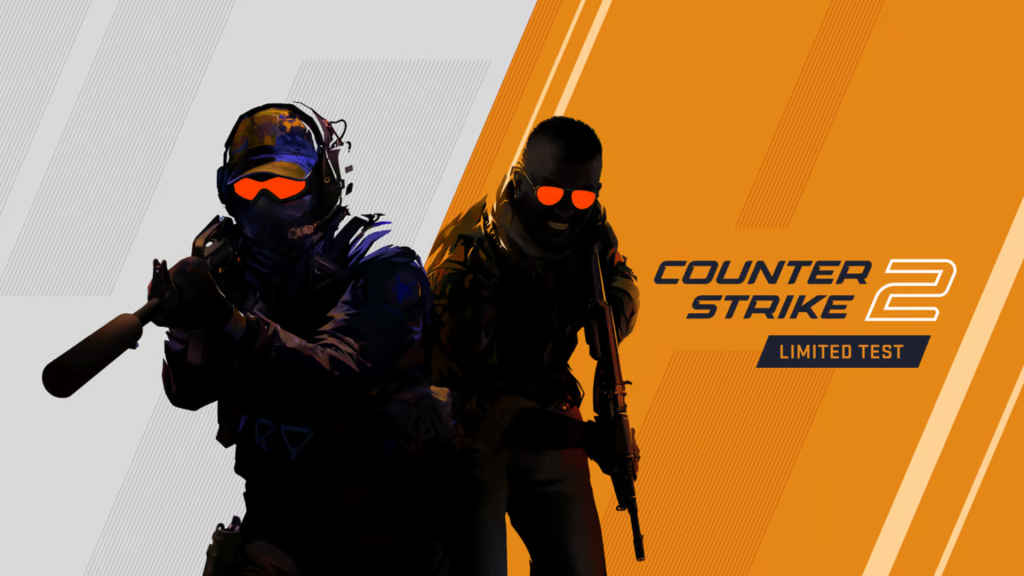
The Dark Side of Counter-Strike
Despite its success, Counter-Strike has faced its fair share of issues and controversies over the years. One of the most persistent problems has been cheating. The competitive nature of the game has made it a prime target for cheaters, who use hacks and exploits to gain an unfair advantage. Valve has implemented various anti-cheat measures, including the Valve Anti-Cheat (VAC) system, but the battle against cheaters is ongoing.
Another issue has been the game’s portrayal of violence and terrorism. Some critics have argued that the game’s themes and scenarios could be seen as glorifying violence and promoting negative stereotypes. Valve has made efforts to address these concerns by emphasizing the fictional nature of the game and promoting responsible gaming.
Counter-Strike has also faced challenges related to its community. Toxic behavior, including harassment and cheating, has been a persistent issue. Valve has implemented measures to combat toxicity, such as player reporting systems and community guidelines, but maintaining a positive and inclusive community remains an ongoing challenge.
In recent years, the rise of loot boxes and microtransactions has sparked controversy within the gaming community. CS:GO introduced weapon skins and cases that players could purchase and open for a chance to obtain rare items. While these features have generated significant revenue for Valve, they have also raised concerns about gambling and the impact on younger players.
A Colorful Revolution
One of the most significant additions to Counter-Strike in recent years has been the introduction of weapon skins. These cosmetic items allow players to customise the appearance of their weapons, adding a new layer of personalization and flair to the game.
Weapon skins were first introduced in CS:GO in 2013, with the release of the Arms Deal update. Players could obtain skins through random drops, trading, or purchasing them from the Steam Marketplace. The rarity and desirability of certain skins led to the emergence of a vibrant trading community, with some skins fetching high prices.

The introduction of weapon skins also brought about the concept of cases and keys. Players could purchase keys to open cases, which contained a random selection of skins. This mechanic added an element of chance and excitement, similar to opening a pack of trading cards.
While weapon skins have been a popular addition, they have also sparked controversy. The random nature of case openings has been likened to gambling, raising concerns about its impact on younger players.
The Competitive Scene: Counter-Strike Tournaments and Esports
Counter-Strike’s competitive scene has been a cornerstone of its enduring popularity. The game’s emphasis on skill, strategy, and teamwork makes it a natural fit for esports. Over the years, numerous tournaments and leagues have showcased the best players and teams from around the world.

- Early Tournaments: The Cyberathlete Professional League (CPL) and the World Cyber Games (WCG) were among the first major tournaments to feature Counter-Strike. These events helped establish the game as a competitive staple and attracted a global audience. The CPL, founded in 1997, was one of the first organizations to recognize the potential of esports, and its tournaments were pivotal in bringing Counter-Strike to the forefront of competitive gaming. The WCG, often referred to as the “Olympics of esports,” further solidified Counter-Strike’s status by including it in its lineup from the early 2000s.
- Major Championships: Valve introduced the concept of Major Championships in 2013 with the first CS:GO Major, DreamHack Winter. These tournaments, sponsored by Valve, offer substantial prize pools and prestige. Winning a Major is considered one of the highest achievements in Counter-Strike esports. The Majors have become the pinnacle of competitive play, with teams and players dedicating months of preparation to compete at the highest level. The intense competition and high stakes have made the Majors must-watch events for fans around the world.
- ESL and Intel Extreme Masters (IEM): ESL, one of the largest esports organisations, has been a significant player in the Counter-Strike scene. The Intel Extreme Masters (IEM) series, organised by ESL, features CS:GO as a headline event, drawing top teams and large audiences. IEM events are known for their high production value and international reach, often taking place in iconic venues like the Spodek Arena in Katowice, Poland. These events not only showcase top-tier gameplay but also bring together the global Counter-Strike community.
- Regional Leagues: Various regional leagues, such as the ESL Pro League and the FACEIT Pro League, provide a platform for teams to compete regularly. These leagues help maintain a high level of competition and offer opportunities for up-and-coming players to make a name for themselves. Regional leagues are crucial for the development of local talent and ensure that the competitive scene remains vibrant and dynamic. They also provide a pathway for teams to qualify for larger international tournaments.
- The Rise of Online Tournaments: With the advent of online streaming platforms like Twitch, Counter-Strike tournaments have become more accessible to fans worldwide. Online tournaments and qualifiers allow teams from different regions to compete without the need for travel, broadening the competitive landscape. The rise of online tournaments has democratised the competitive scene, allowing more teams to participate and gain exposure. This has led to a more diverse and competitive environment, with new talent emerging from all corners of the globe.
Also Read: CS:GO’s Art Plagiarism Problem – The story of the growing problem of stolen artwork in CS:GO
Community and Cultural Impact of Counter-Strike
Counter-Strike’s impact extends beyond the realm of gaming. The game has fostered a vibrant community and influenced popular culture in various ways.
- Modding and Custom Content: Valve’s support for modding has allowed players to create custom maps, skins, and game modes. This has led to a wealth of user-generated content that keeps the game fresh and engaging. Popular custom maps like de_dust2 have become iconic in their own right. The modding community has been instrumental in the game’s longevity, constantly pushing the boundaries of what is possible within the game. Custom content has also allowed players to personalise their gaming experience, making it more enjoyable and unique.
- Streaming and Content Creation: The rise of streaming platforms has given Counter-Strike players and content creators a platform to share their gameplay and connect with fans. Streamers like Shroud and Summit1g have built large followings by showcasing their skills and entertaining audiences. Streaming has become a significant part of the Counter-Strike ecosystem, providing a source of income for players and content creators. It has also helped to grow the game’s community by making it more accessible to new players.

- Cultural Phenomenon: In regions like South Korea and Brazil, Counter-Strike has become a cultural phenomenon. Internet cafes, known as PC bangs in South Korea, are popular venues for playing the game. In Brazil, professional players like Gabriel “FalleN” Toledo have achieved celebrity status. The game’s popularity in these regions has led to the development of local esports scenes, with dedicated fans and professional teams. Counter-Strike has also influenced popular culture, with references to the game appearing in movies, TV shows, and music.
- Educational and Training Tools: Counter-Strike’s emphasis on strategy and teamwork has led to the development of educational tools and training programs. These resources help players improve their skills and understand the game’s mechanics on a deeper level. Training tools like aim trainers and strategy guides have become essential for players looking to compete at a high level. The game’s complexity and depth have also made it a valuable tool for teaching concepts like teamwork, communication, and problem-solving.
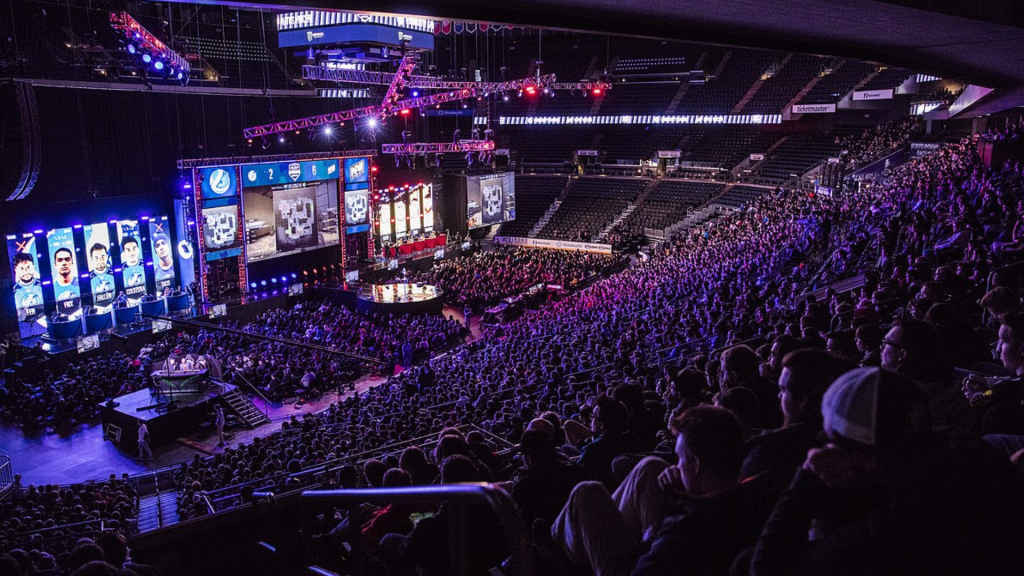
The Future of Counter-Strike
As Counter-Strike celebrates its 25th anniversary, the future looks bright for this legendary franchise. Valve continues to support the game with regular updates and new content, ensuring that it remains relevant in the ever-evolving gaming landscape.
- Technological Advancements: Advances in technology, such as virtual reality (VR) and augmented reality (AR), could open up new possibilities for Counter-Strike. These technologies have the potential to enhance the gaming experience and introduce new gameplay mechanics. VR and AR could provide more immersive and interactive experiences, allowing players to engage with the game in new and exciting ways. The integration of these technologies could also attract new players and expand the game’s audience.
- Expanding the Esports Scene: The esports scene for Counter-Strike shows no signs of slowing down. With increasing investment from organisations and sponsors, the competitive landscape is set to grow even further. New tournaments and leagues will continue to provide opportunities for players to showcase their skills. The growth of the esports scene will also lead to more professional opportunities for players, coaches, and other industry professionals. This will help to sustain the game’s competitive ecosystem and ensure its continued success.
- Community Engagement: Valve’s commitment to community engagement will remain a key factor in Counter-Strike’s success. By listening to player feedback and supporting user-generated content, Valve ensures that the game evolves in ways that resonate with its dedicated fanbase. Community engagement initiatives, such as developer updates and community events, help to build a strong and loyal player base. This ongoing dialogue between the developers and the community will be crucial for the game’s future development and success.
Counter-Strike’s journey from a humble mod to a global phenomenon is a testament to its enduring appeal and the passion of its community. As the game continues to evolve, it will undoubtedly inspire and entertain generations of gamers to come.
Satvik Pandey
Satvik Pandey, is a self-professed Steve Jobs (not Apple) fanboy, a science & tech writer, and a sports addict. At Digit, he works as a Deputy Features Editor, and manages the daily functioning of the magazine. He also reviews audio-products (speakers, headphones, soundbars, etc.), smartwatches, projectors, and everything else that he can get his hands on. A media and communications graduate, Satvik is also an avid shutterbug, and when he's not working or gaming, he can be found fiddling with any camera he can get his hands on and helping produce videos – which means he spends an awful amount of time in our studio. His game of choice is Counter-Strike, and he's still attempting to turn pro. He can talk your ear off about the game, and we'd strongly advise you to steer clear of the topic unless you too are a CS junkie. View Full Profile